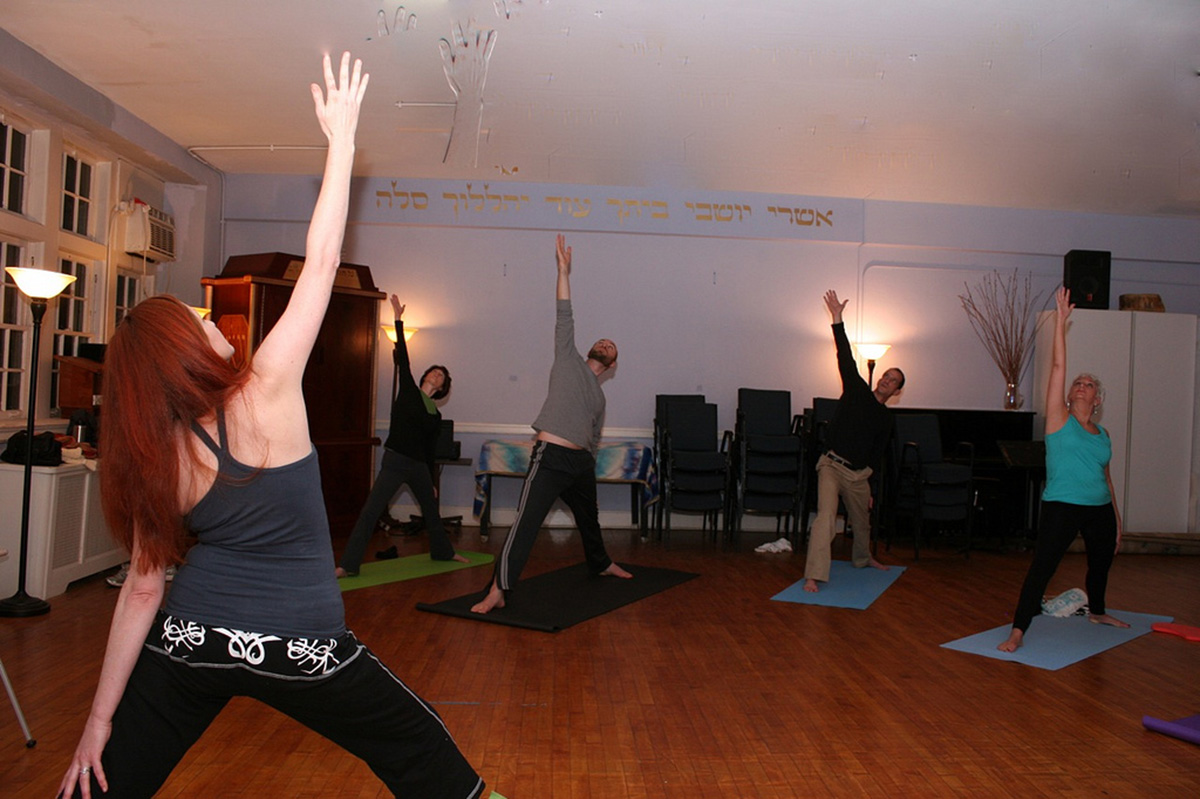Table of Contents
Here are a few pelvic floor exercises that produce better results that Kegels.
1: Squats
Some people think squats are the answer to everything. But glute-focussed squats lengthen the pelvic floor, relax the muscles directly above it and give it something to pull against. When your flutes are too weak, your pelvic floor has nothing to pull against. Every time it contracts it pulls your tailbone in tighter and tighter and does more and more damage to your low back posture. In fact, some of the pain attributed to weak pelvic floor muscles comes from over-tight pelvic floors brought on by concentric contractions. Squat instead.

How to do it: Use a glute squat. Your feet should be wider than your hips, with your feet somewhere between straight forward and about 45° out to the side. As you squat, consciously drive your knees out as far as you can, and don't let your shins stray from vertical.The result will be a squat that really loads your glutes rather than your quads, which is what we want here. Your glutes are pulling on your pelvic floor, gradually dragging everything back into alignment, and your pelvic floor is dining what it's supposed to do: balancing out that pull.
2: Glute Bridges
Glute bridges work best as an auxiliary to the squat. You're looking to build strength and maybe some size in the flutes, and bridges are the most effective way to produce voluntary maximal contraction of the glutes.
3: Yoga — Specifically, Warrior Pose
Yoga helps the pelvic floor because of its emphasis on breathing. The Warrior pose is particularly helpful because it encourages proper pelvic and low back alignment. Most people will find their first attempt is harder than they thought because doing warrior pose properly requires you to control femoral rotation under the pressure of a deep wide stance, something most of us suck at. Get good at it and you'll condition your flutes and pelvic floor together, and give your pelvic floors workout powering your breathing.
How to do it: Stand with your feet apart, with your front thigh between 45° and parallel to the ground and your back leg straight, like a lunge. Your back foot should be flat on the floor, facing 45° out from the direction of your front foot which should be straight forward. Your knees should follow the direction of your ties, which means you'll probably have to concentrate on pushing them out into external femoral rotation. Just like with the glute squat, this is conditioning the outside of your pelvic musculature, giving your pelvic floor something to pull against. Make sure that your pelvis is "neutral" — not tipped forward or back, and not lop-sided. This is hard,and provides even more of a workout for the low back and pelvic muscles. Don't worry. Work into it gradually and it will come. Once you have the pose in place, take slow, deep breaths into the middle of your abdomen, pilling your belly button towards your spine on the in breaths. As you exhale, brace your abdominal wall slightly and push from the bottom of your abdomen.
Finally...
4: Qigong
Qigong is the discipline of cultivating "qi" or internal energy. You don't have to believe in, or care about, "qi" to use qigong exercises, though. This one comes from the Crane system of Kung Fu.
Stand with your feet together, with your big toes touching. Don't let your ankle bones or knees touch. Again, this is about controlled femoral external rotation. Have your hands in front of you at about chin height. As you inhale slowly and deeply into your abdomen, press your arms up, palms out, in front and up. If you keep your neck in neutral, you should be able to just see your hands '"through your eyebrows." At the same time, bend your knees, keeping your heels on the floor. As you exhale, lower your arms, stand back up into the starting position — and pull your anus in toward the centre of your body.
READ Ten Surprising Health Benefits of Yoga for Men
Huh? Why would you ever want to do that? Because of the collective names of the main pelvic floor muscles: levator ani. I'll let you guess what that means, but doing that movement under the load of intraabdominal pressure teaches your pelvic floor to contract the way it's designed to, and being in a stretched position teaches it to lengthen out too.
If you like what you've read, or you think I've missed something important, please get hold of me in the comments section below.
- Photo courtesy of Elvert Barnes via Flickr: www.flickr.com/photos/perspective/6012670415
- Photo courtesy of Synergy by Jasmine via Flickr: www.flickr.com/photos/synergybyjasmine/6808423095

